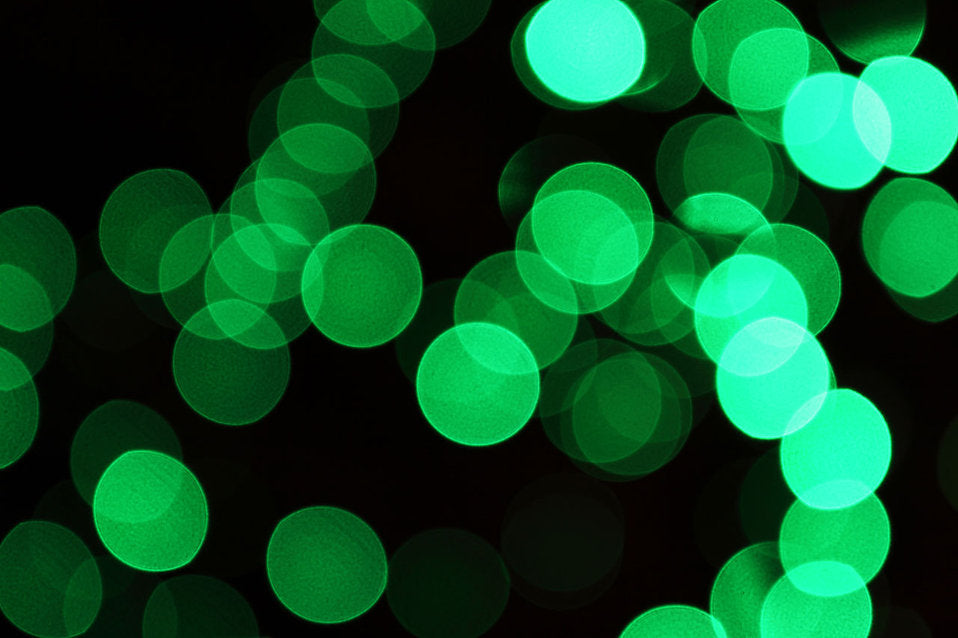Migraine auras are sensory disturbances that come before or during a migraine event. Researchers recently conducted a study on migraine aura in teenagers. This was published in the Journal of Headache And Pain. This research provides some helpful insights into the ways in which teens experience migraines.

About the Study
This study ran during a five year period between 2008 and 2013. It involved 40 teens, 20 males, and 20 females, all of whom suffered from migraines. The research instrument deployed was a questionnaire that focused on their experience with migraine aura. Specifically, scientists wanted to know the frequency of visual and somatosensory auras and higher cortical dysfunction symptoms in this group. The goal was to gather summary data for the group and to understand the experiences of the teens individually.
Who Participated?
As mentioned above, a total of 40 teenagers participated. This was out of 67 who were contacted. Study participants were excluded based on the following:
- Failure to answer the call to participate.
- Suffering from other neurological diseases.
- Reporting experiencing chronic migraines.
- Signs of hemiplegic migraines.
In other words, these were teenagers who suffer from periodic migraine headaches.
Facts about Migraines in Teenagers
It’s estimated that between 7 and 11% of children and teenagers suffer from migraines. About 25% of them report having auras. These usually come one prior to a headache. Visual auras are the most common, then somatosensory, and last is dysphasic auras. Motor aura is the least common and was not considered in this study. Here are definitions of each:
- Visual Aura: These are visual disturbances such as stars, flashes of light, or lines that come before a migraine.
- Somatosensory Aura: Tingling, numbness, or pain experienced before or during a migraine.
- Dysphasic Aura: Temporary difficulties with speech during or before a migraine.
Motor Aura: Temporary motor difficulties such as loss of movement on one side of the body.
Visual Disturbances Reported by Study Participants
Visual auras were the most commonly reported symptoms. Out of these, most participants reported suffering from scintillating scotoma. This is a visual disturbance in the center of the field of vision. This can take the form of flashing lights, colored arcs, or zigzags. These usually impact both eyes and are different from retinal migraines, where only one eye is impacted.
Study Conclusions
While the specific experiences varied widely from one teen to another, it’s clear that visual disturbances are a common symptom for kids who suffer from migraines. The impact of these ranged from minor to significant. Some of the study participants even reported having difficulty discerning colors.
How Migraine and Visual Disturbances Impact Teens
Auras are just one of the many ways that migraines impact quality of life in teens. There’s also the matter of pain, nausea, anxiety, and frustration. After all, anyone who suffers from migraines understands the dread of waiting for the next attack. Jordan Brewer is a corporate wellness and benefits coordinator at Trust My Paper writing service who says, “Teens must navigate all of this, along with hormonal changes, social pressures, and academics. Add migraine aura to this, and it can be overwhelming for sure.”
Teens who suffer from migraines with aura might experience any of the following:
- Stress and anxiety
- Difficulty concentrating
- Nausea
- Trouble reading
- Light sensitivity
- Loss of social time
- Desire to sleep frequently or trouble getting enough sleep
- Irritability
- Inability to study
- Missing classes or work
Taking Control of Migraines
Fortunately, this isn’t a hopeless situation. There are things that teens can do to ensure they enjoy life as migraine sufferers. Here are some great tips to follow.
Keep a Migraine Diary
If you keep a migraine diary, it may help you to understand your experience a bit better. Some teens even find that they can identify potential triggers by tracking their sleep schedule, diet, and other factors. Learn what you eat, drink, and do before a migraine. Eventually, you may discover some patterns.
Eat Healthy and Avoid Trigger Foods
The healthier you are, the better you will be able to weather the storm of a migraine. Drink plenty of water. Dehydration is a known trigger. Derek Whitfield, a contributing writer at Studicus, has dealt with migraines since he was a teen. He says, “Eat healthy foods and don’t let yourself get too hungry. Use your diary to understand which foods bring on migraines. For many, chocolate and caffeine are culprits.”
Get Exercise
Exercise boosts endorphins and contributes to overall well-being. If you have a migraine, it’s hard to get physical. Take advantage of the headache-free time to be as active as you can.
Talk to Your Doctor
Let your doctor know about your symptoms and concerns. They may be able to help with medications or other treatments. This includes recommending eyewear to help with visual disturbances caused by migraine aura.

Learn the Early Signs of Migraine
One of the benefits of experiencing aura is that it can let you know that a migraine is coming on. You may notice that you have other signs as well. If you learn to recognize these, you can take your medication, get more rest, or take other preventative steps.
Final Thoughts
Auras, especially visual ones, are a very common feature in teen migraines. Not only can they be upsetting, but they can also interfere with the quality of life. By following the tips above, teens can better manage migraines with aura and understand how to handle their health proactively.





